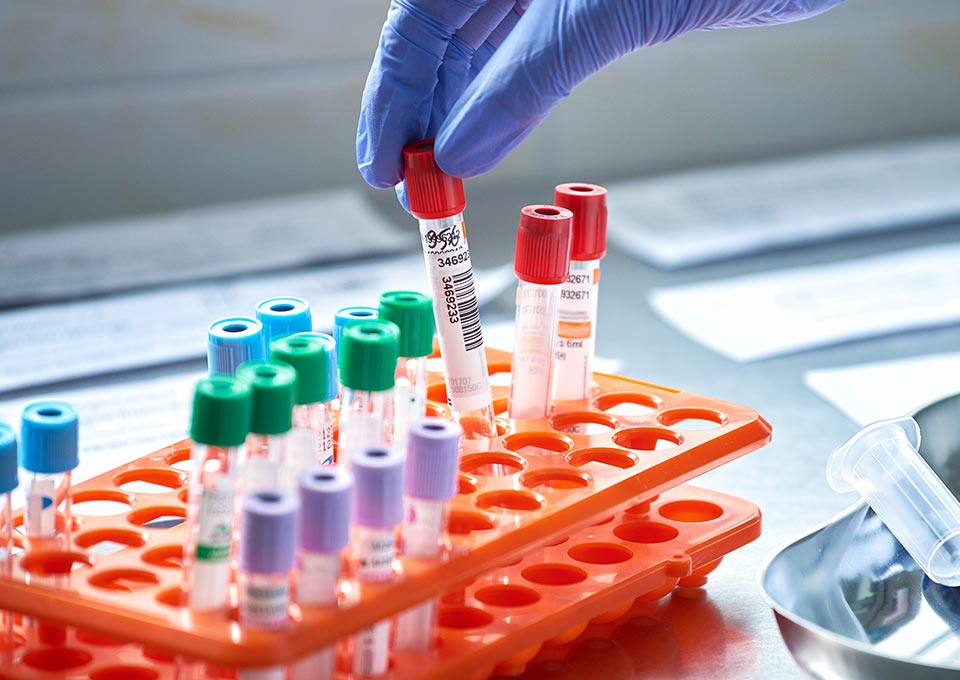
23 Mar Management of Patients Treated with Direct Oral Anticoagulants – the Clinical Laboratory Perspective
By: ARMANDO TRIPODI, PH.D.
Direct oral anticoagulants (DOACs) targeting activated coagulation factors have been developed and compared to low molecular weight heparins (LMWH) in patients undergoing orthopaedic surgery, for their efficacy
and safety, and with warfarin in patients with venous thromboembolism or atrial fibrillation. Cumulatively, clinical trials have demonstrated that DOACs are at least comparable to standard treatment with the considerable advantage of oral administration and no need for laboratory testing to individualize dose-adjustment. Currently, three such drugs have been approved in many countries and will be increasingly used within the next few years (Table 1). They include dabigatran
(Pradaxa®, Boehringer Ingelheim) targeting thrombin, and rivaroxaban (Xarelto®, Bayer) and apixaban (Eliquis®, Pfizer) both targeting Factor Xa. An additional DOAC targeting Factor Xa, edoxaban (Lixiana®, Daiichi Sankyo), has now completed clinical trials for the prevention of stroke in atrial fibrillation and the treatment/prevention of venous thromboembolism (1,2). Although these drugs do not require laboratory testing for dose-adjustment, such testing may be warranted in certain situations. The Subcommittee on Control of Anticoagulation of the Scientific and Standardization Committee (SSC) of the International Society on Thrombosis and Haemostasis (ISTH) has recently issued a consensus statement from an expert panel on DOACs and laboratory testing (4) which provides further information. The present article describes the author’s personal opinion on when and how patients treated with DOACs should be investigated in the clinical laboratory.


Sorry, the comment form is closed at this time.